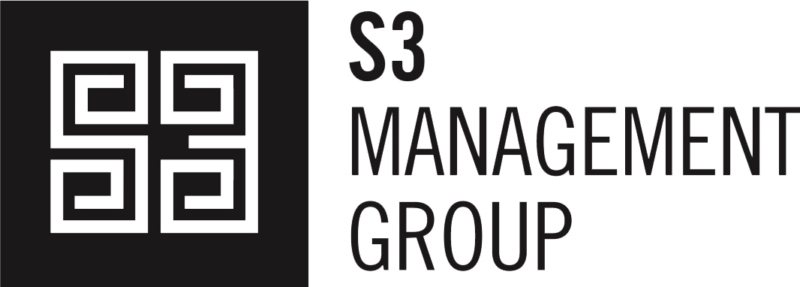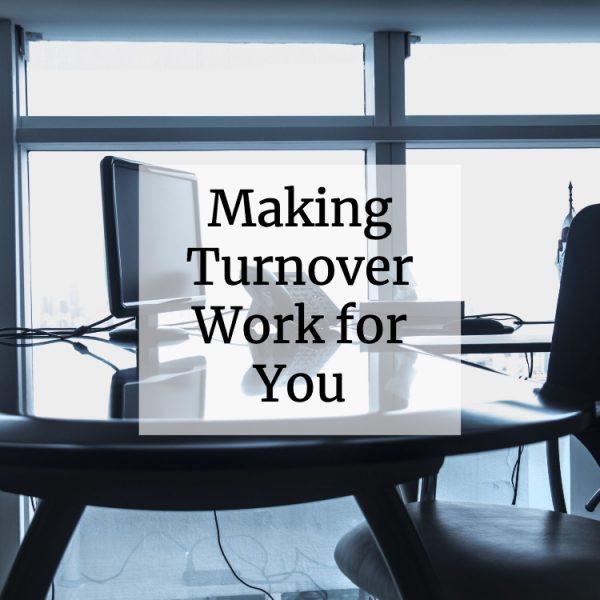The four most significant contributors to turnover for tribal organizations include policy violations, performance, personal, and new work. Turnover is a reality for every tribal business. But do you truly understand what’s causing your organization’s turnover? Is your turnover normal? If not, what can be done to improve it?
In our previous article, we discussed the common types of turnover and why employees choose to leave. In this article, we’ll focus on steps you can take to change unhealthy patterns of turnover.
Evaluating Turnover in the Employee Lifecycle
Organizational leaders understand the importance of the employee lifecycle and risk management. The optimal model integrates these two concepts and includes:
- Organizational Health Assessment and Strategy Development
- Recruiting and Sourcing
- Onboarding and Integration
- Development and Performance Management
- Separations
Risk is inherent in each stage of the lifecycle. However, the costs increase substantially if the risk isn’t mitigated at the foundation.
Trends and Tools to Reduce Turnover
Implementing tools when combined with a strategic vision, planning, and solid execution is an excellent recipe for reducing turnover. Here are practices that will get you started.
Testing
Most experts agree that hiring the right people is the best way to reduce risk in your organization. Obviously, employers want skilled labor, but they also need employees who fit within the culture. The best companies usually employ some type of testing before making an offer to a candidate. Tests can include:
- Employee Fit: these tests ensure that employees use their unique skills and meet the job requirements in accordance with the beliefs, attitudes, and behaviors that your company values.
- Personality tests: these tests evaluate character and psychological makeup. They help identify if the candidate will fit well with the existing team. They also shed light on how to work with others, especially when personalities clash.
- Skill tests: skills and knowledge tests help evaluate technical or theoretical expertise in a particular field. They’re useful in determining if the candidate can do the work.
- Physical tests: physical tests measure strength and stamina. They help evaluate if the candidate can do the daily tasks required in the job.
- Emotional Intelligence tests: EI tests determine the ability of a candidate to understand emotions and how well they can build relationships with others.
- Cognitive ability tests: these tests measure mental capacity, such as logical reasoning. They help determine if the candidate will perform well on the job.
There are many tests available on the market and choosing the right one for your organization can take quite a bit of effort. Be sure to understand what you’re testing for and why. Then have a plan for what you will do with the data before you implement any test in your organization.
Training & Development
Once you’ve made the offer, it’s essential to integrate employees and set them up for success at the start as well as throughout their entire career. Training and development provide benefits beyond performance. When you invest in the appropriate training, employees experience a greater sense of self-worth as they become more valuable to the company. This translates directly to productivity, but more importantly to retention.
Evaluate the need for training in your organization. Then put a training program in place that’s has a defined outcome, is efficient, and convenient for employees.
Retention Practices
Do you know why good employees stay at your organization? Most organizations spend their resources trying to reduce turnover rather than improve retention. This isn’t a subtle difference. The most successful organizations are able to retain their top talent and salary isn’t the highest contributing factor. What do they know that you don’t?
Start by surveying your best employees to find out what their values are. It’s likely that they’re aligned with your organization’s values. Ask yourself what are the reasons you want your best people to stay and what isn’t a good reason (like waiting for retirement or because they feel stuck)?
By paying attention to why employees stay in the organization, you can invest in resources that reinforce the right reasons for staying and set goals for retention.
Making Turnover Work for You
It’s essential to have an understanding of your organization’s turnover so that you can be equipped with strategies, best practices. The question isn’t whether or not you have turnover. The right question to ask is what are you going to do about it? Now’s the perfect time to contact us for a free evaluation and information on how we can help you make turnover work for you.

